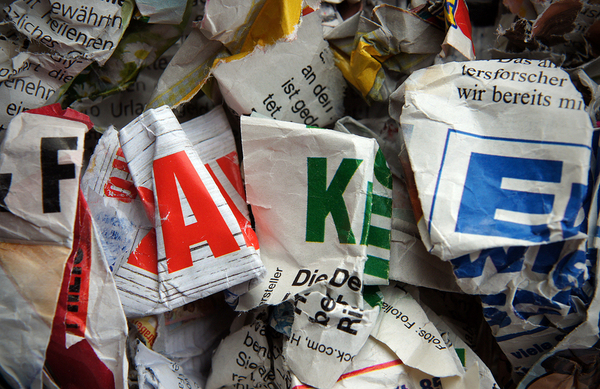In late 2016, social media sites such as Twitter and Facebook reeled in the wake of increasing evidence that the U.S. election had been manipulated by “fake news” on their sites — articles and commentary with either questionable facts, interpretation, or both. The challenges of reigning in fake news is thought to be among the reasons why Facebook founder and chief executive officer Mark Zuckerberg recently recommitted the business to interpersonal communication rather than news dissemination.
But the focus on fake news shouldn’t sideline an equally troubling development: increasing evidence that many social media followers are fake as well. Users of large sites like Facebook, Twitter, and others can follow other accounts, as well as, variously, like, share, and retweet.
A “Cottage Industry”
All of this activity can be used to gauge the popularity and affinity of opinions and activities expressed in an account.
Unfortunately, all of this activity can also be simulated by robots artificially following, liking, sharing, and retweeting.
Researchers at the University of Pennsylvania’s Wharton School and others note that “fake followers” — the rubric informally given to this activity — arise in conditions somewhat similar to fake news, but has perhaps penetrated the mainstream even more. The researchers cite the development of a “cottage industry” that allowed interested parties to purchase fake followers (or sharers, or retweeters) relatively simply, online and with standard payment methods like PayPal. Some firms are based in the U.S. and others overseas.
The ethical and possible legal challenges this presents for both the sites and users of them, of course, are multiple and significant.
First, the sites use the interactions. Informally, they gauge how many people are interested in or agree with opinions, events, and so forth.
Even more significantly, they are used by advertisers as a metric. The use of likes and followers arose because the penetration of advertising and opinion is not always easy to gauge on social media. The informal seeming icons and buttons by which a user likes, follows, and retweets, though, are relied on very heavily, with real-world consequences.
Second, like fake news, the phenomenon of fake followers undermines the trust the public has in the sites as reliable gauges.
Third, as the scholars on a Wharton School podcast point out, they ultimately might lead to the permanent devaluation of social media sites. Their perceived trustworthiness might move from unreliable to nonexistent as the public becomes more aware of how prevalent the bots driving followers are. (Currently, an estimated 15% of Twitter accounts and 60 million Facebook accounts are automated.)

Fake followers might be ultimately just as negative for the future of social media as fake news.
Will Fake Followers Be Reined In?
Given the dangers, what can be done about fake followers?
Some software companies existed as early as 2013 that claimed to be able to tell what percentage of followers were fake. However, they may have been superseded (or swamped) by the growth of fake followers.
The New York State Attorney General’s office recently began an investigation into one Florida-based company. The office indicated that claiming to follow might be illegal in the same way that impersonation and deception are.
However, reining in fake followers may not be simple. The platforms incentive interaction with other users partly so they can sell to advertisers. The algorithms that incentivize following, liking, and so on are part of the business model itself.
In addition, relatively high-profile people, such as computer head Michael Dell, are known to have purchased fake news. There might not be a shared understanding of the need to curb fake following.
Does the future hold meaningful curbs? Stay tuned.
